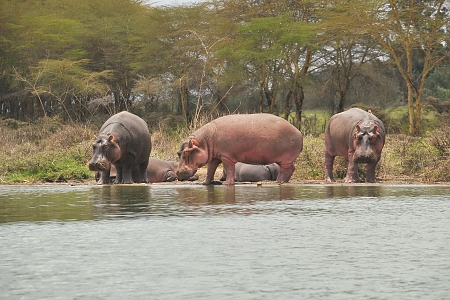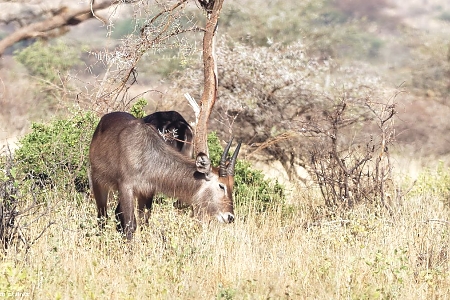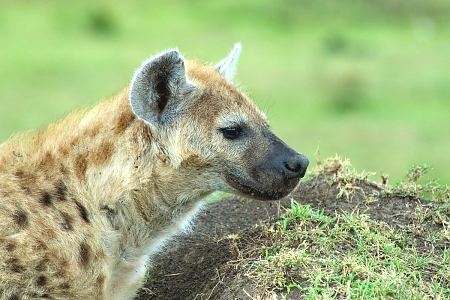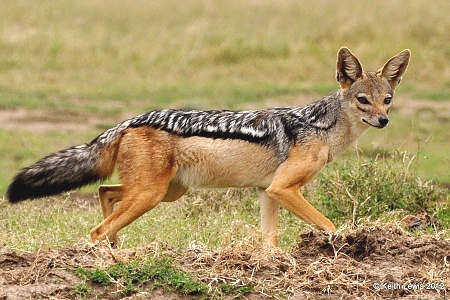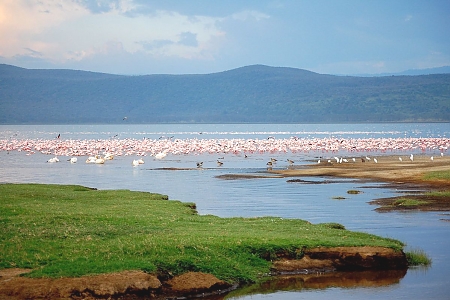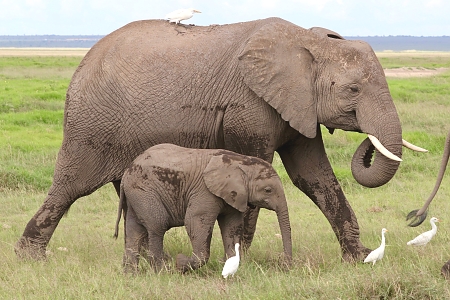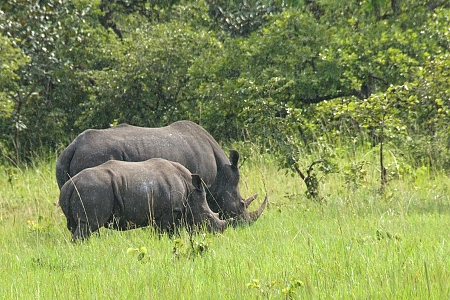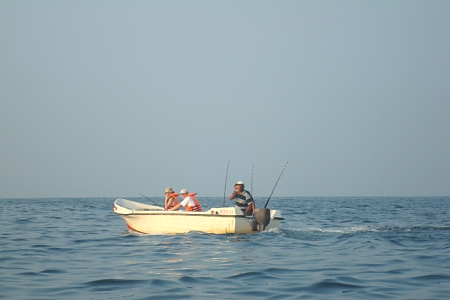
Kenya is the original safari destination and remains one of the best places in Africa to see wild animals. Its bevy of iconic game reserves include the Maasai Mara, Amboseli National Park and both East and West Tsavo. Every year, millions of wildebeest and zebra migrate across the Tanzanian border into southern Kenya on the annual Great Migration – one of nature's most spectacular events. On the coast, historic Swahili settlements and white-sand beaches await.
Location:
Kenya is located in East Africa, in between Somalia (to the north) and Tanzania (to the south). It shares borders with the Indian Ocean and three other countries: South Sudan, Uganda and Ethiopia.
Area:
Kenya has a total area of 224,080 square miles/580,367 square kilometers, making it five times the size of Ohio and roughly twice the size of Nevada.
Capital City:
The capital of Kenya is Nairobi, one of East Africa's economic and cultural centers. It is located in the south-central region of the country.
Population:
According to July 2018 estimates by the CIA World Factbook, Kenya has a population of almost 48.4 million people. The Kikuyu are the most populous ethnic group, and the average life expectancy is 64 years.
Language:
Kenya has two official languages: English and Swahili. Of the two, Swahili is the most widely spoken although many Kenyans speak another indigenous language as their mother tongue.
Religion:
Christianity is the most widely practiced religion in Kenya, accounting for 83% of the population. Protestant is the most popular denomination. 11% of Kenyans identify as Muslim.
Currency:
The currency in Kenya is the Kenyan shilling. For accurate exchange rates, use this online converter.
Climate:
Kenya is located on the equator and as such, doesn't have spring, summer, fall and winter. Instead, temperatures are generally consistent all year around (although the climate and humidity vary greatly depending on elevation and proximity to the coast). As a rule, the coastal regions are hotter and wetter, while the interior is cooler and drier. Kenya has two rainy seasons: from late March to May and from late October to the end of November.
When to Go:
The best time to visit Kenya depends on what you want to do while you're there. For safari-goers, the long dry season (June to early October) offers the best wildlife sightings. August is generally the month to travel if you want to watch the herds of the Great Migration cross the Mara River. The dry seasons are also best for visits to the coast or hikes up Mount Kenya, while the short rains (late October to November) are great for birding as they bring exciting migrant species from Europe and Asia.
- Meru National Park – Pristine, unspoilt park with plenty of wildlife and fewer tourists.
- Masai Mara Game Reserve – famous especially for its annual wildebeest migration. See more about Masai Mara here
- Amboseli National Park – Special because of its location close to Kilimanjaro
- Lake Nakuru National Park – Scenic Bird Sanctuary and one of the best places to see Rhino & Leopard.
- Tsavo ~ East & West – Classic Africa, with large expanses of area, though animal densities are lower.
- Samburu Game Reserve – Unique semi-arid landscapes as well as animal species only found here.
- Lamu, Kenyan Coast – An idyllic beach town seemingly unaffected by time – just completely relaxing.
- Mount Kenya – Snow capped mountain – a more challenging climb than Kilimanjaro.
- Laikipia – A region rich in wildlife, protected under a system of conservancies – the future of wildlife conservation.
- Aberdare National Park – A highland park, and one of the few where trekking is allowed.
- South Coast, Mombasa – the best beaches in Kenya – fine white sand, clear blue water and sunny skies.
- Nairobi – a large city that offers a few selected ‘Gems’ , such as the Sheldrick Elephant Orphanage.

